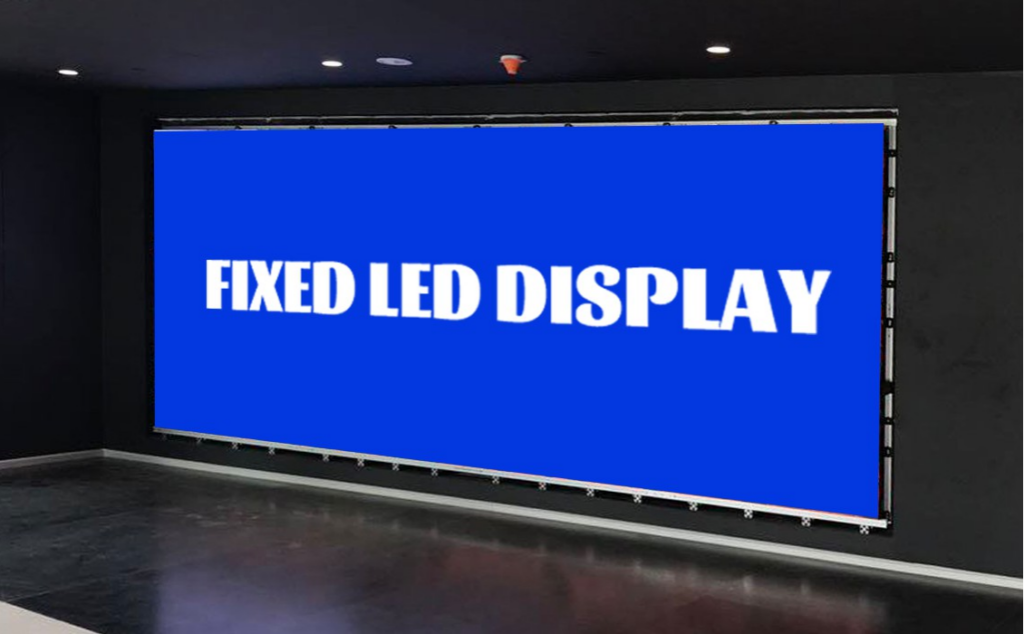LED display screens are a large-screen display device that is common in our daily lives. They have many specifications and models and can be used both outdoors and indoors. We might as well find that the clarity of LED display screens in different applications is different. Some displays are very clear and delicate, while others are relatively rough. So, what determines the clarity of LED display screens, and what are the factors that affect the clarity of LED display screens?

1. Dot Pitch Size
The dot pitch size of LED display screen is the main reason affecting the clarity, mainly P0.7, P0.9, P1.25, P1.53, P1.86, P2, P2.5, P3, P4, P6, P8, P10, P12, P16.P20, etc.
Under the same display size, the smaller the dot pitch, the higher the screen resolution, and the clearer the large screen display, but its price will also be higher, which is also what we pay more attention to when purchasing. Therefore, when we purchase LED display screens, we generally choose the appropriate dot pitch specifications according to our display needs and financial budget.
2. Grayscale
In simple terms, grayscale refers to the brightness level that can be distinguished from darkness to brightness in the single primary color brightness of the LED display. The higher the grayscale level of the LED display, the richer the color, the brighter the color, and the clearer it will be: on the contrary, the display color is single and the change is simple.
In general, the improvement of grayscale can greatly improve the color depth, so that the display level of image color increases geometrically. At present, many LED grayscale control levels on the market are 12bit~16bit, which makes the image level resolution details and display effects of high-end display products reach advanced levels, so the higher the grayscale level, the better
3. Image processor
For advanced LED image processors, algorithms can be used to modify signals with poor image quality, perform a series of processing such as deinterlacing, edge sharpening, motion compensation, etc., to enhance image details and improve picture quality.
Use the image scaling processing algorithm of the LED image processor to ensure that the video image maintains the clarity and grayscale level of the image to the greatest extent after scaling. In addition, the LED video processor is also required to have a wealth of image adjustment options and adjustment effects to process the image brightness, contrast, and grayscale to ensure that the LED display outputs a clearer and softer solid surface.
4. Output signal
The clarity of the LED display is also related to the output information. If the output signal is not high-definition, the clarity of the displayed picture will not reach high-definition display. We first exclude whether the output signal is high-definition, and then exclude other factors.
Of course, the same is true for videos and pictures. In principle, the higher the high definition, the clearer the playback effect. In addition, the high-definition signal line is also very important. It needs to support high-definition output so that the high-definition picture can be displayed normally.
Chinastar is a professional one-stop LED display solution provider. If you have any questions about LED displays, please contact us to answer your questions

